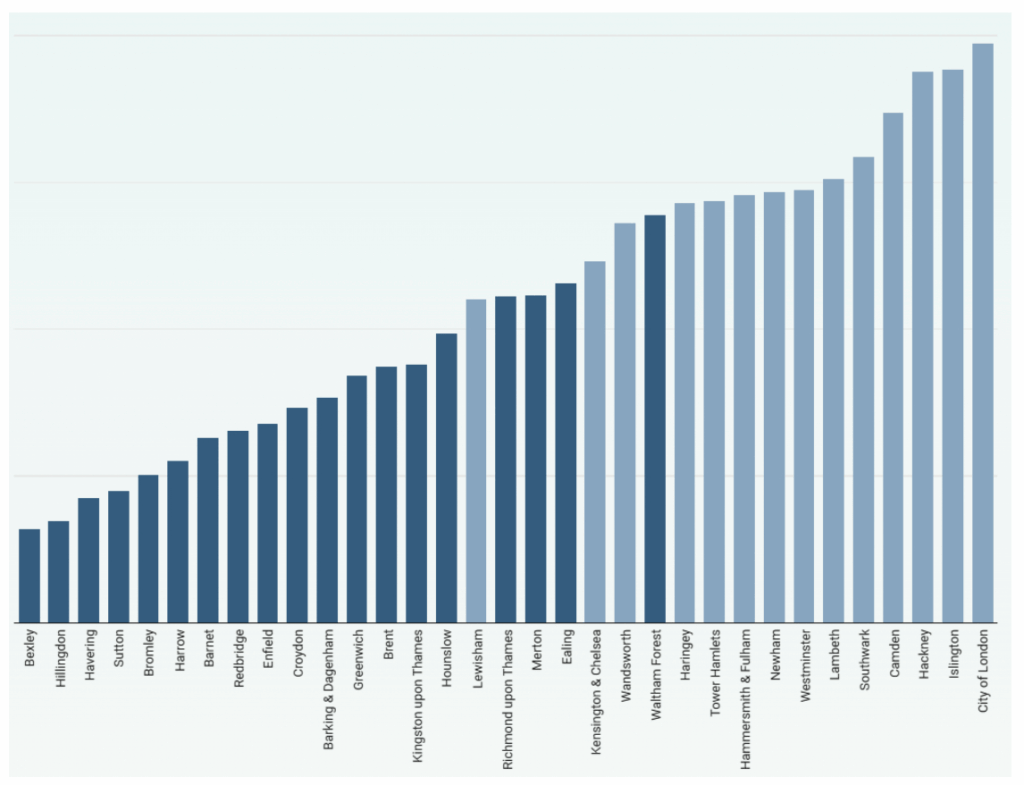The latest Healthy Streets Scorecard (July 2025) reveals significant variation between London boroughs in delivering environments that enable active travel and safer streets.

While boroughs like City of London, Islington, and Waltham Forest are consistently improving walking and cycling conditions, others especially in Outer London, are falling behind.
This uneven progress threatens to exacerbate health inequalities, with missed opportunities to increase daily physical activity and improve safety for residents.
The 2025 Healthy Streets Scorecard ranks every London borough on how well they are supporting walking, cycling, and low-traffic environments. It combines data on infrastructure (like School Streets, LTNs (Low Traffic Neighbourhoods), 20 mph zones, and protected cycle tracks) with real-world outcomes (like car ownership and injury rates).
- Top performers: City of London (1st overall); Islington (top inner borough); Waltham Forest (top outer London borough)
- Newham leads improvement: Rose from 13th to 8th place. School Street coverage jumped from 21% to 44%, and 20 mph zones now cover 99% of roads.
- Tower Hamlets has fallen the most places (down from 6th to 10th place). Lewisham, who dropped 3 places, are the lowest scoring Inner-London borough.
- School Streets expanding: London added 98 new School Streets, with notable gains in Haringey, Newham, Camden, and Ealing.
- Stalled action on other measures: Many boroughs made no new progress on LTNs, protected cycle lanes, or bus priority, vital for enabling routine active travel.
- Access gap growing: The Scorecard highlights a postcode lottery, some boroughs offer walkable, low-traffic environments, while others provide little infrastructure for active lifestyles.

